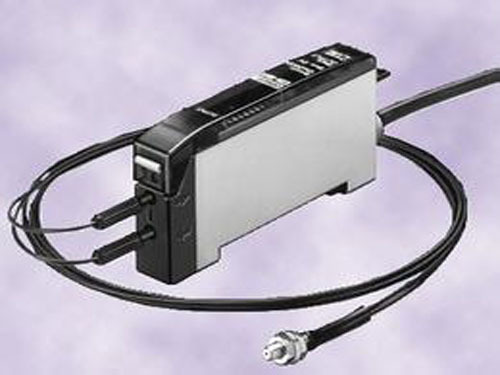
As one of the most important components of the Internet of Things, optical fiber sensors have attracted attention because of their advantages and applications. From the global market, the global fiber optic sensor market in 2013 was 1.89 billion US dollars. It is expected that the global fiber optic sensor market will grow at an average annual growth rate of 18% from 2014 to 2018, and the market size will reach US$4.33 billion by 2018. From the perspective of optical fiber sensing technology research, the United States has started the research on this technology first and is the most advanced in the world. The data show that in 2007, the US fiber sensor market was 235 million US dollars, and then grew at a compound annual growth rate of 30%, and it is expected to reach 1.6 billion US dollars in 2014.
Compared to the United States, China's optical fiber sensing industry is in its infancy. According to statistics, as of the end of 2013, there were more than 260 sensor manufacturing enterprises above the scale of RMB 20 million in China. However, the overall quality of the industry is uneven, accounting for nearly 70% of small-scale enterprises, mainly in the production of low-end products; a small number of leading enterprises and foreign-funded enterprises occupy high-end product market.
Although the start was late, the demand for China's optical fiber sensing market showed an explosive growth, and the bidding for related products in the power sector alone was nearly a hundred times more than before. Industry experts assessed that in 2013, the size of fiber optic sensors in the Chinese market was about 1 billion yuan, and it was gradually increasing.
At present, there are four types of fiber optic sensors that are most widely used on the market, namely, fiber optic gyros, fiber optic hydrophones, fiber grating sensors, and fiber optic current sensors.
There are three types of fiber optic gyroscopes: interference type, resonant type, and Brillouin type. Interferometric fiber optic gyroscope is a first-generation commercial stage with mature technology. Resonating fiber optic gyroscope is the second generation in the laboratory research stage, Brillouin Fiber optic gyro is a third-generation fiber optic gyro sensor in the theoretical research stage.
Fiber optic hydrophone is an underwater acoustic signal sensor based on optical fiber and optoelectronic technology. This sensor uses highly sensitive fiber optic coherent detection to convert the acoustic signal in the water into an optical signal, which is then transmitted to the signal processing system through the optical fiber. Converted to sound signals, this sensor can be divided into interference type, intensity type, and grating type according to principle.
Fiber grating sensors include strain sensors, temperature sensors and pressure sensors. Among them, fiber Bragg grating sensors have been the focus of research in recent years. Most of them belong to light intensity type and interference type, and they have advantages and disadvantages.
Fiber-optic current sensors are mainly used in the electric power field, and they can well avoid accidents caused by excessive electric power.
Optical fiber sensors can directly or indirectly measure nearly 100 kinds of physical quantities as well as chemical and biomass, and are widely used in various fields such as defense, power, petroleum, construction, and medicine.
In defense, fiber-optic sensors can be used for underwater acoustic exploration (optical hydrophones), optical fiber guidance, attitude control, structural damage detection of spacecraft (smart skins), and detection of battlefield environments (electromagnetic environments, biochemical environments, etc.) .
In the power system, the harsh electromagnetic environment of high voltage and high current makes the application of electronic sensors limited, and the optical fiber sensor can be used to measure the rotor, stator and high voltage of large motors in the power system with its unique anti-electromagnetic interference capability. The internal current, voltage, and temperature of the transformer improve the degree of curing of the outer sheath of the special microcable, but exceeding a certain range has little effect on increasing the degree of cure.
In recent years, this kind of special micro-cables using UV coating as the outer sheath has been rapidly developed in the field of wire guided weapons and underwater engineering. In the near future, it can be widely used in missiles, heavy torpedoes, and deep submersibles. , submarine monitoring networks and other fields.
Lithium Battery Chargers,48V Lithium Battery Charger,48V Bike Lithium Battery Charger,48V Bicycle Lithium Battery Charger
Changxing Deli Technology Co., Ltd. , https://www.delipowers.com
